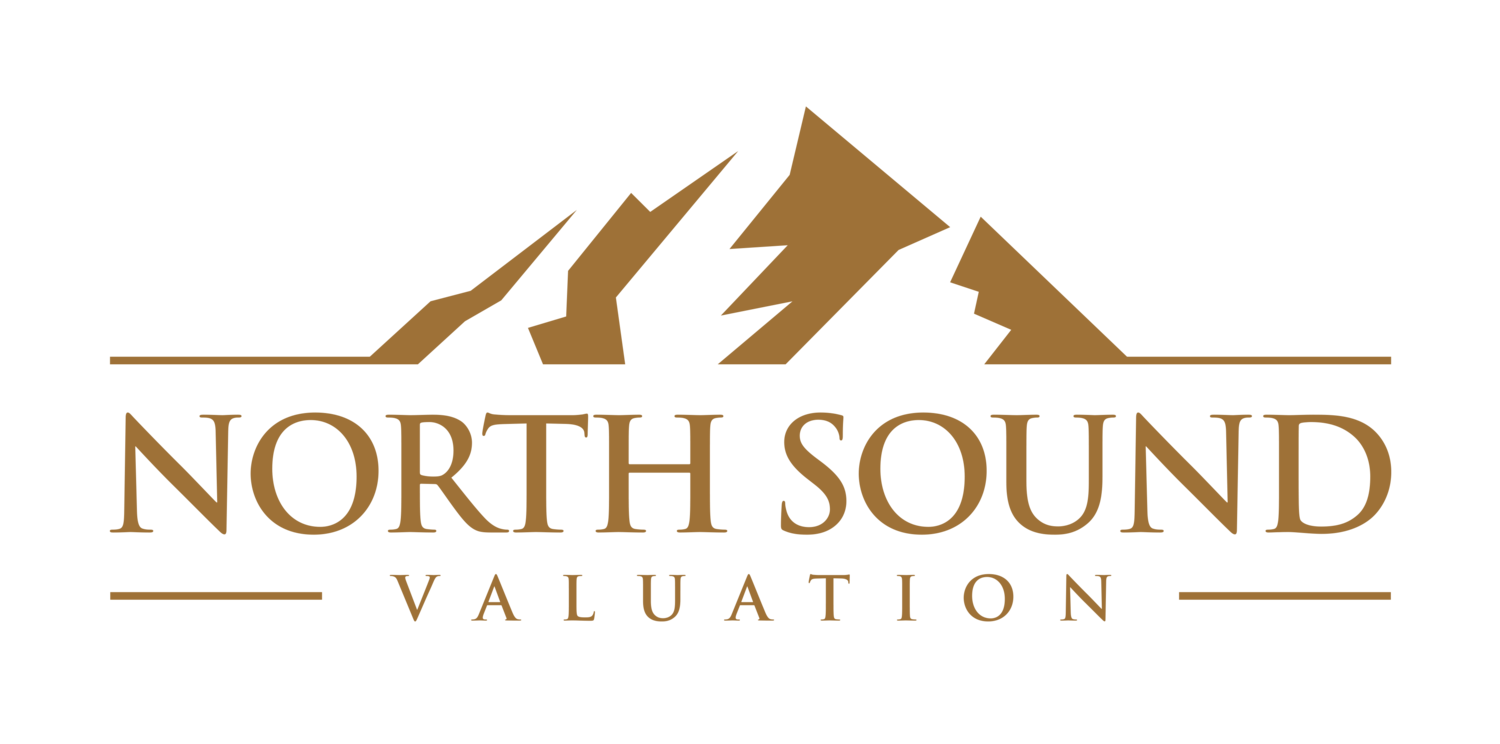
Home appraisals help determine the size of your mortgage. You must understand how they work and how to ensure you get an accurate appraisal on your property.
The home appraisal checklist is critical to the mortgage process. It helps determine whether you can afford the home you want, and mortgage lenders use it to evaluate your application for a home loan, including how to calculate your monthly payments.
You need an appraisal to determine the value of your home. The home appraisal looks at various factors of the house itself—and then compares them with other homes in the area, the home’s market, and the fair market value.
Understanding the appraisal process gives you the confidence you need when purchasing a home
The appraisal process is used to determine the value of a property so that lenders can decide whether or not they should offer you a mortgage loan. The loan amount is based on the value of the home. If it turns out that your home is worth more than others nearby (or less, depending on where real estate prices are going), they might decide against granting you a mortgage loan.
Appraisals can also help you obtain all types of loans, including a home equity loan, conventional, Federal Housing Administration (FHA), United States Department of Agriculture (USDA), or U.S. Department of Veterans Affairs (VA).
How does an appraisal determine the size of your mortgage?
It’s easy to get confused by the appraisal process. The appraiser will look at your home and report its value in the appraisal report. That appraisal value is then used to determine the size of your mortgage and other factors like interest rate and length of the loan. Let’s break it down:
- Determines the value of your home: Your appraiser uses industry processes and data to determine how much he or she thinks your home is worth. This is an opinion of the home’s “market value,” some call it the “appraised value,” but you can think of them as the same.
- Determines amount you can borrow: Once they’ve determined how much their clients can afford based on income, credit history, etc., lenders go back through those numbers again with an eye toward how much money they’re willing to lend them based on what they think they’ll be able to sell their house for if need be—called collateral—and what kind financing terms are best suited for them given certain risk factors (mostly related directly back around evaluating where someone lives).
A "residential home appraiser checklist" is a document that lists each component that the home appraiser should examine while they're at the house, depending on the loan type proposed.
A “residential home appraiser checklist” is a document that lists each component that the appraiser should examine while they’re at the house. The checklist is often prepared by the homeowner or agent and given to the appraiser before inspecting the property. The appraiser checks the list to help ensure that nothing is missed during an inspection and will give you a better idea of what you should expect during the appraisal process.
A home inspection contingency is a common clause in most real estate contracts.
A home inspection contingency is a common clause in most real estate contracts, allowing you to back out of the deal if there are major issues with the property. It’s important to know what is covered by your contingency and how long it lasts. A typical one-year builder warranty covers structural defects, such as cracked foundations or roof leaks. Three-month workmanship warranties protect against minor construction problems like poorly installed countertops or doors that don’t close properly.
If you find something wrong with the house during your inspection, report it immediately so that repairs occur before closing escrow (when you put down money toward buying a house). You can inform your agent about defects or issues via email or text; don’t wait until after escrow closes!
The benefits of using an appraisal checklist are twofold.
1.) An appraisal checklist provides a list of items that need an inspection.
Many homes have things that aren’t obvious to the untrained eye, such as chipped or broken windows and paint defects. This list also helps inspectors looking at homes determine if large trees are growing too close to the house and whether there are any signs of water damage on the outside walls of your home, as well as cracks in sidewalks or driveways.
2.) An appraisal checklist is valuable for a final walk-through of your property before closing escrow on your new home.
You want to ensure that all the appliances are working and there are no leaky faucets or dripping pipes. It’s also important to check the HVAC systems; make sure they work properly and that there is enough insulation in the attic so that your utility bills will be reasonable.
Finally, check the water pressure in each shower—it should get hot quickly. Check out how well the water heater works by running two or three warm showers. If it takes a long time for them to get hot enough, you may have a low flow rate issue.
Ensure electrical outlets work properly by plugging in various electronic devices into each outlet; if they do not work right away, then call an electrician immediately since this could indicate serious problems inside walls!
Checklists ensure that everything is taken into account.
A home appraiser checklist is a useful tool to help you stay organized and on time. It will also help you make sure you get all the important details during an inspection.
One of the most important aspects of using a checklist is to ensure that nothing goes unchecked during your inspection. This includes both residential homes and commercial properties. Checklists ensure that every aspect of an inspection is covered, so there are no surprises when it comes time to write up your report or make recommendations for improvement.
What is included in the home appraisal checklist?
When you apply for a mortgage, the appraiser will inspect your home and provide an estimate of market value. This number is based on the following criteria:
- Adequate swimming pool or sprinkler system
- Details such as granite countertops, hardwood floors, and appliances
- Landscaping upkeep and maintenance
- Lighting and plumbing
- Number of fireplaces
- Number of rooms, bedrooms, closets, bathrooms, and windows
- Quality of the basement, including whether it is finished or unfinished
- Roofing and foundation
Is there a home appraisal fee?
When buying or refinancing your property and you need an appraisal, there are fees associated with getting an accurate property value for the lender to lend the money. The home appraisal fee is charged by the appraiser and paid by you, the buyer. Your loan estimate includes this fee as an out-of-pocket expense. You can find your home appraisal fees by asking the person who does the property appraisal.
Do you need an appraisal if you want to refinance?
Yes. You will need a mortgage to refinance appraisal if you are interested in refinancing. The refinance home appraisal process is similar to the loan appraisal process, with a few exceptions. The checklist is the same.
When you refinance your home, the lender will need to get an appraisal of the property. This document gives them an idea of what kind of loan to give you based on the current market conditions and your finances. A refinance appraisal is different than a new purchase appraisal because it compares the value of your house as it stands today with what you originally paid for it.
You receive a loan on the fair market value of your home, which is lower than what you owe on it.
You’ll receive a loan on the fair market value of your home, which is lower than what you owe on it. You’re, therefore, able to borrow additional money at a lower interest rate and/or for a longer period of time.
- Lower interest rate: Interest rates are based on current market trends and can vary depending on several factors, including the type of property, its location, and whether or not you’re making payments through an escrow account (which requires more paperwork). When you refinance your mortgage loan, you’re essentially taking out another new one—and if this new one has a lower APR than your existing one does, then that’s great!
- Longer term: Most loans are set up for 30 years, but some lenders may offer 25-year terms as well. The lengthier the term determines how much monthly payment will be over time; shorter terms result in higher monthly payments but fewer total payments overall.
- Lower payment: The amount borrowed when refinancing is determined by creditworthiness and cash flow analysis (how much income an individual earns after taxes). This means that even if someone has bad credit or no job history, they could still qualify.
Your home is worth more than you owe on it.
The most important thing to understand about your appraisal is that it’s not just an estimate of your home is worth. It also determines how much equity—or the difference between the market value of your home and any outstanding mortgage balance—you have in your home
Substantial equity helps you refinance or take cash out for other purposes.
If you have substantial equity, you can refinance or take cash out for other purposes, such as paying down debt or using funds for a remodel. If you don’t have any cash-out option within one year, ask if there’s another way to access funds from the equity without selling the property. It might work better than taking out a new loan with all sorts of fees and interest rates.
The appraisal checklist for refinancing is the same as a new loan appraisal checklist.
The appraisal checklist for refinancing a home loan is identical to the appraisal process for a new home loan. The only difference is that you’ll have more information about your current property and your credit score, income, and other financial data. There are additional requirements for refinancing your mortgage, so understand everything involved.
In conclusion, a home appraisal checklist is an important tool for buying, selling, or refinancing a home. It’s also helpful for owners of existing homes who want to ensure that their property is currently in good condition and worth what they’re asking. The best part about having a checklist? It makes life easier!

